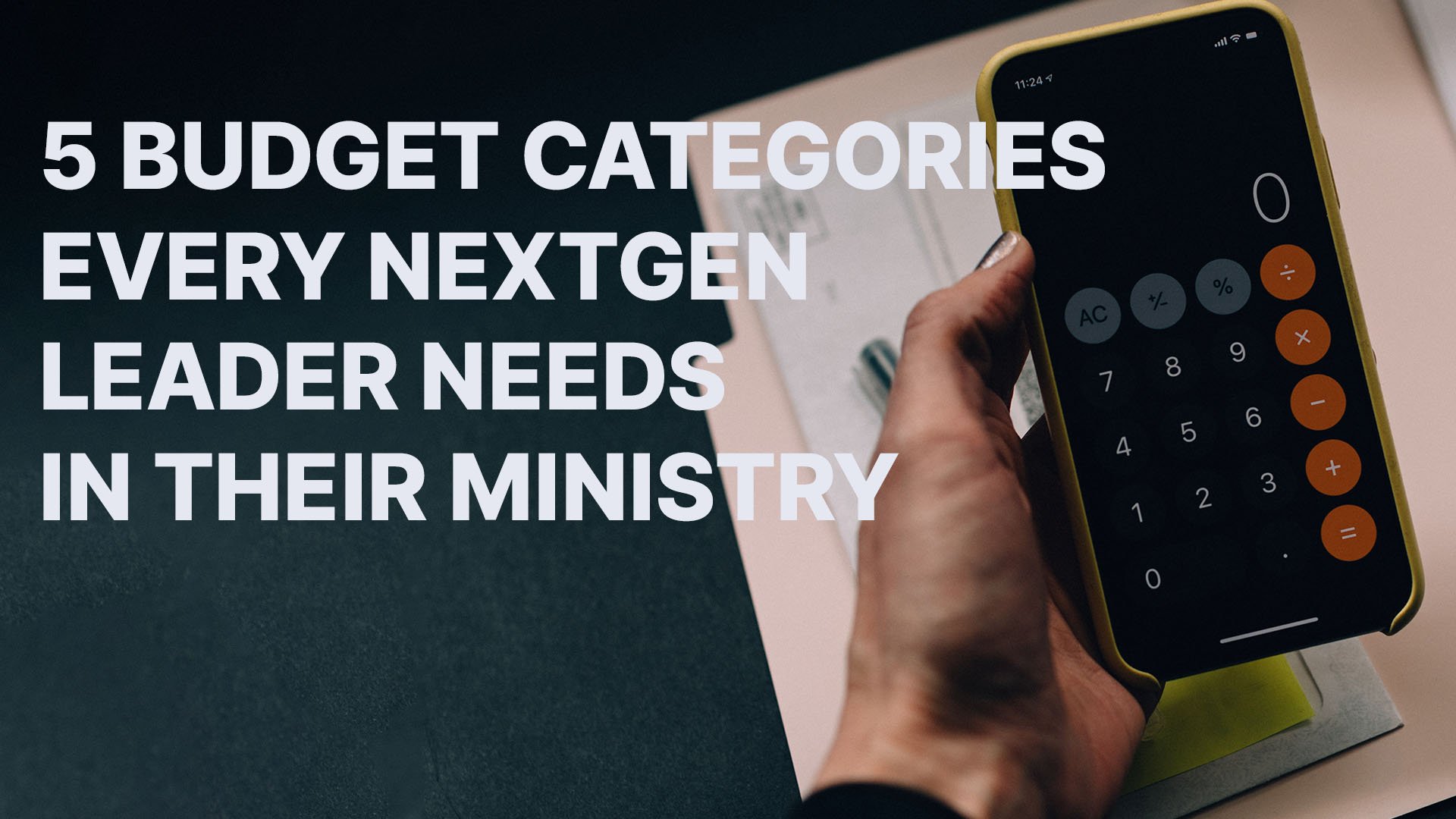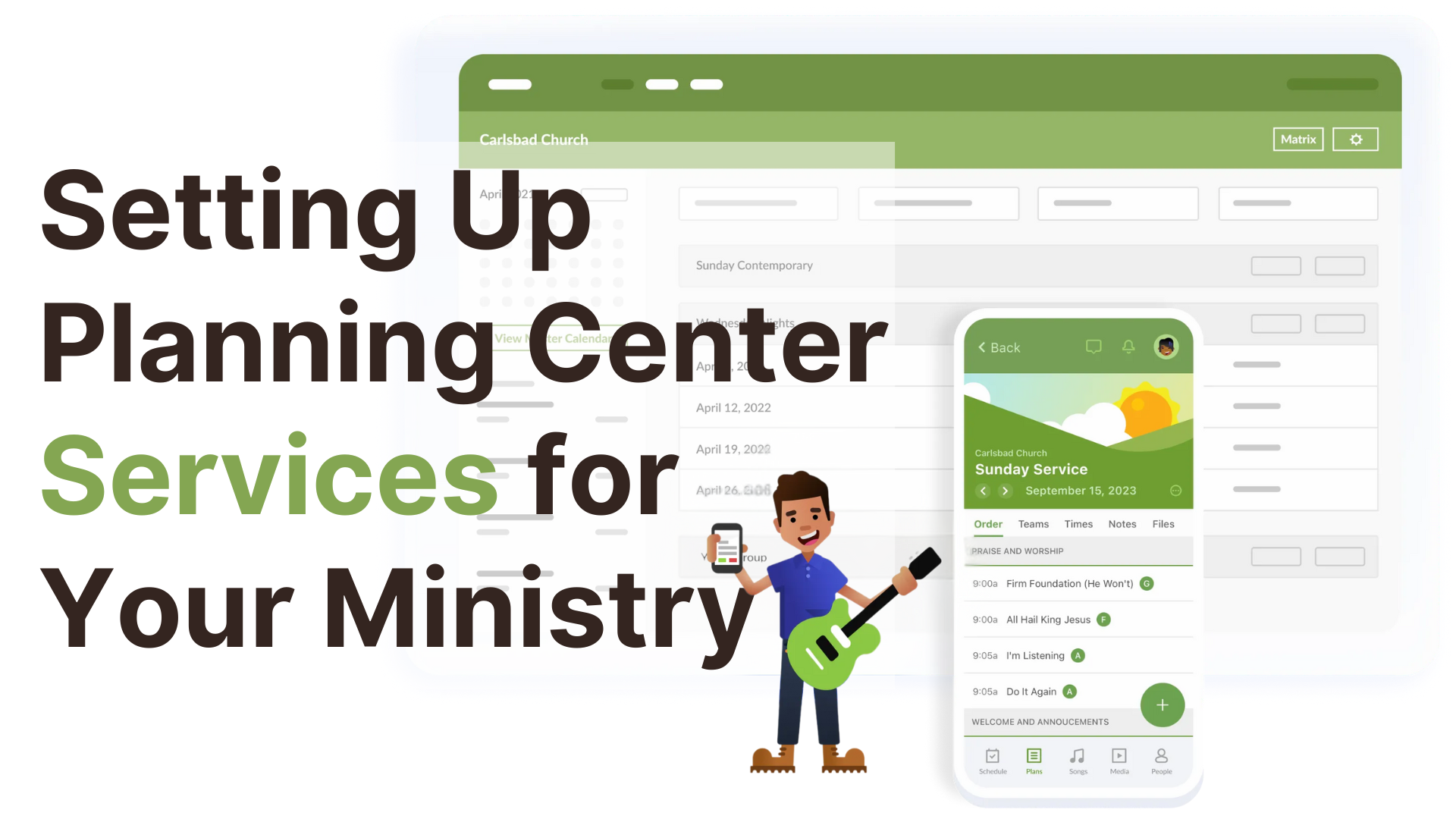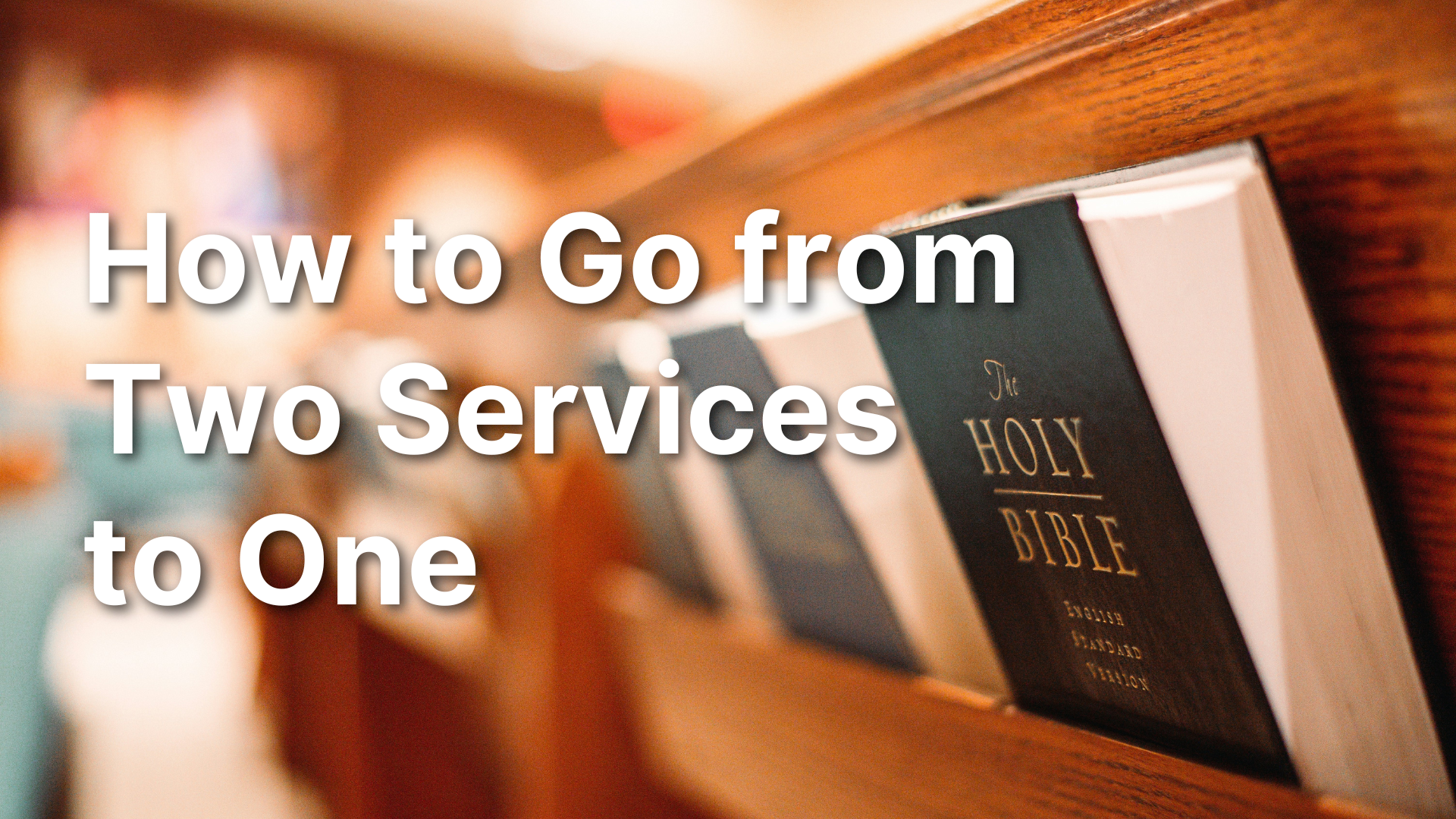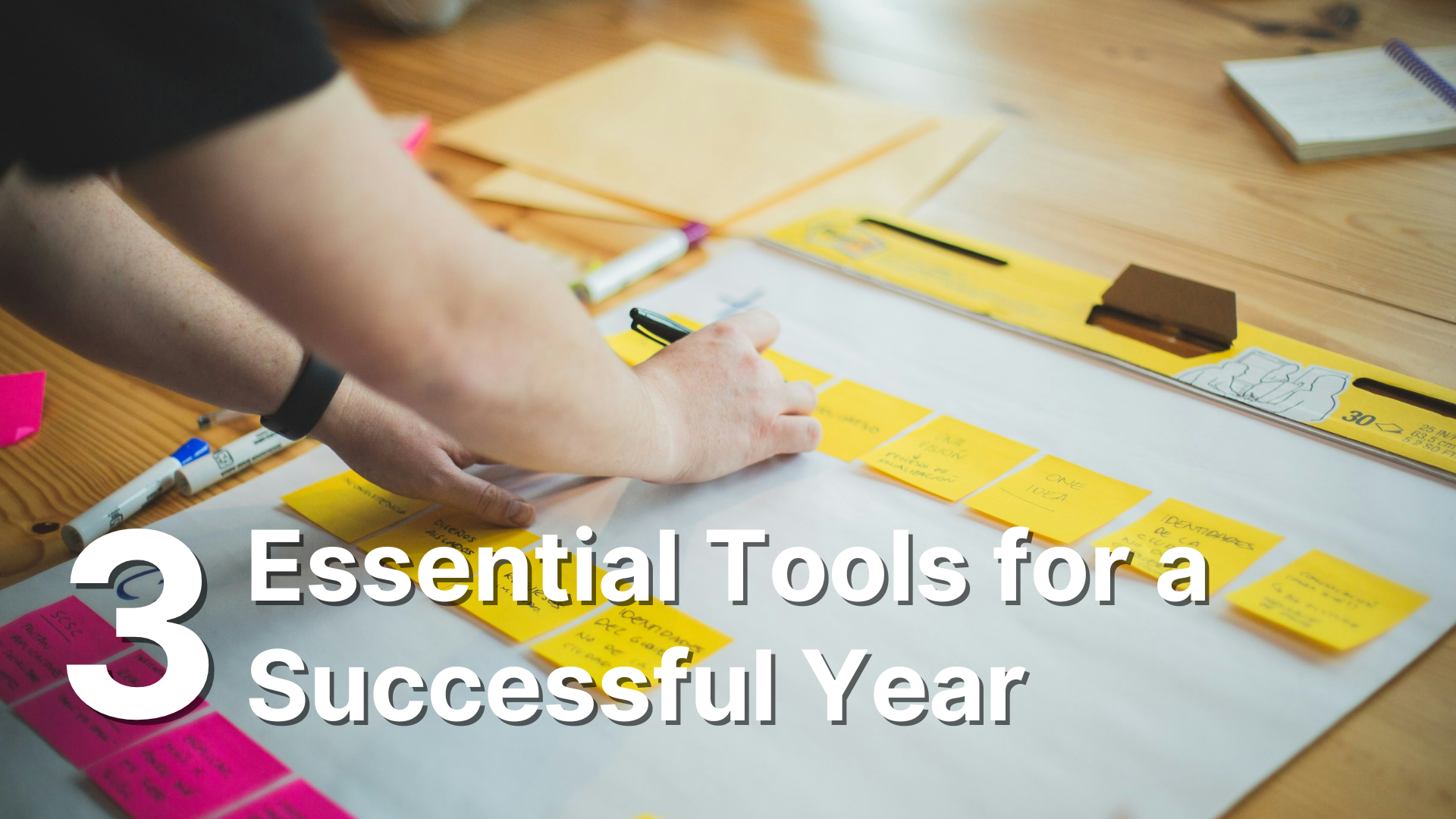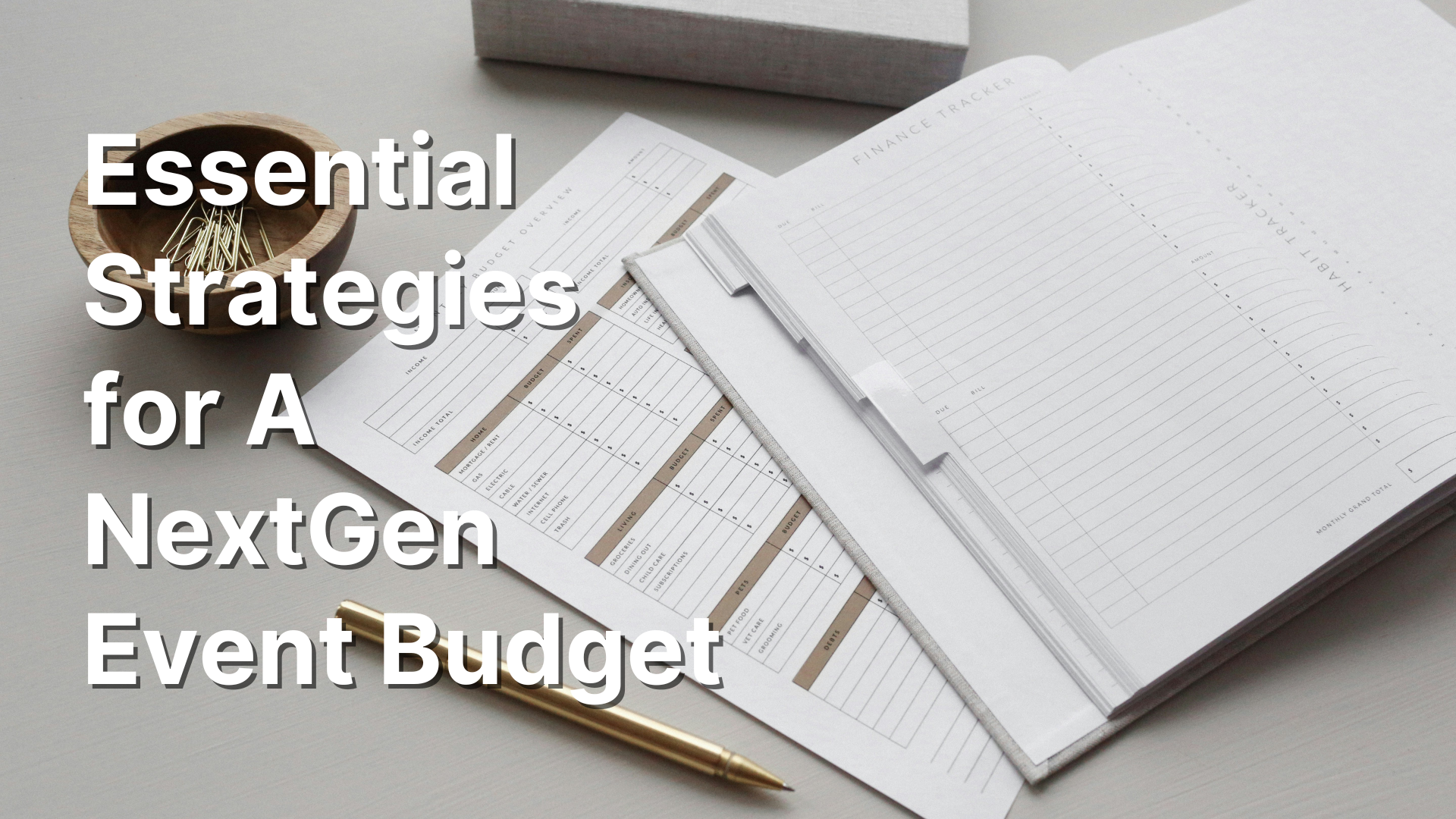5 Budget Categories Every NextGen Leader Needs in Their Ministry
Photo by Kelly Sikkema on Unsplash
Budgets, love them or hate them, you need to have one to effectively manage the resources God has given you and your ministry.
The churches I’ve served in have been on both ends of the spectrum when it comes to budget planning.
One of them didn’t give me a budget at all. If I needed something, I had to ask my lead pastor. Most of the time this worked because he would say yes.
However, while I served there, the global recession hit, and we entered a spending freeze for 2 years. I didn’t have a budget and the answer for buying literally anything was almost certainly going to be no. It became impossible to plan and very difficult to minister.
On the other side of the spectrum, one church required me to put almost every purchase into its own category. I had income and expense line items for over 20 categories. Many of which were legacy categories my predecessors used that I had no plans for.
In addition, I had to painstakingly plan out each category with how much I planned to spend and when. It was a long and laborious process, but I learned a lot. My budgets now aren’t as detailed, but I still follow the basic principles.
If you’d like a copy of my budget worksheet, you can get it from my store here.
Whatever your church’s requirements, your budget and your yearly calendar are inextricably linked. So, before you start putting numbers down into a spreadsheet make sure your yearly calendar is done first.
You can read how to do that here.
After you have your calendar put together, here are 5 things you need to have in your budget for next year.
1. Curriculum
You may write your own curriculum and that’s great, but you’re still going to need to buy things for your service. Plan for what you need to buy and when. Not just the curriculum, but the supplies, print materials, and decor you’ll need to make it all happen.
I spoke with one kid’s pastor who bought his yearly curriculum subscription at the beginning of the year, and it was his biggest line item by far.
Because it was such a big expense, almost every year, he had to justify to his pastor and board why it cost so much at one time.
Having an open and honest conversation with your supervisors and whoever oversees the money is important, especially ahead of time so there’s no surprises.
Picking your curriculum can be a big task.
Here are 4 questions you should ask before picking one.
2. A/V equipment
Every children’s ministry I’ve ever served needed a tech upgrade. So many times, the kids’ departments get the hand-me-downs from the adults or youth or worse, both. NextGen ministries are a major growth driver for the church, and they need to be done with excellence. This includes technology.
Even if you don’t have the skills to find out what you need and how much it’s going to cost, there is most likely someone at your church who can figure it out for you. Start with the Adult service sound person. They’ll know.
Sound, lights, and presentation equipment can be the most expensive things in your area. So, you may not be able to update the whole system at once, but you may be able to do one thing at a time.
A lot of times, churches are willing to spend big money in preparation for Easter, so putting the item at the beginning of the year would be best. However, don’t try to deploy it on Palm or Easter Sunday. You’re just asking for technical glitches.
Even if you’re not planning an upgrade, you still need to plan for maintenance. The projector bulb will blow, the lights will go out, the mics frequency will start picking up a weird Spanish channel. (I speak from experience.:) Put a few hundred dollars into your budget to fix the stuff that will inevitably break.
And if you don’t use that money, even better. You can reinvest it in something else or come under budget.
Both are wins.
3. Maintenance
I just mentioned A/V maintenance, but there are other things that need to be maintained. Do your games need to be updated or replaced? Are the nursery chairs becoming a hazard to your workers and kids? Is the carpet from the 90s? Did that mentos and diet coke object lesson go terribly wrong? Is it time to say goodbye to that creepy doll in the preschool area?
A lot of these maintenance costs may be covered under the general maintenance budget and that’s great, but you still need to call attention to it. You’re most likely in that room more frequently than the ones making the money decisions, and they think everything is fine.
The squeaky wheel gets the grease. Budget meetings are a great time to bring up the problems you’d like to see fixed.
4. Events
At my last church, I had a separate events budget from my kids’ budget. This was great because I could move money from my main budget to support the event. I did this more than once to buy t-shirts for my VBS.
A lot of times, the events budget is just one line item. If you get in there, you can see a lot of money spent month-to-month, but there’s almost no way to know what it was for unless you look at each entry.
This becomes problematic when your events' expenses overlap month to month. In Kids', Egg Hunts, Camp, and VBS can all have expenses from February through August and if it’s all in “Events,” It’s hard to know what you spent your money on.
If this is the case, I suggest you break these events into separate line items, even if you’re the only one looking at them.
I wouldn’t do this for every event because that could get unwieldly, but I would suggest doing it for your biggest ones throughout the year.
5. Training
Training is important for you and your volunteer staff. Everyone needs to know what they’re doing and how they’re supposed to do it. In addition, you may want to develop your leadership skills as well as your top leaders. This is going to take money.
Training includes meetings, meals together, Bible or book studies, trips, or even a conference.
Many times, when a church is in decline these types of expenditures are the first to go. However, they are essential to increasing your effectiveness and growing the ministry.
Talk with your leaders about reducing the budget and not cutting it completely. You’ll have to be more creative with the money you do spend. Maybe you can’t take everyone to that big conference, but you could attend virtually or volunteer.
During the two-year spending freeze, I created a lead team made of parents, volunteers, and other leaders. I told them at our first meeting that we don’t have any money, but that doesn’t mean we can’t improve.
We did a lot of good work there, and we all learned a lot.
Invest in yourself and your volunteers and you’ll see dividends for years to come.
Bonus: Gifts
This line item gets overlooked a lot, and I’m the chief of sinners. However, expressing your appreciation to your volunteers or simply welcoming new guests with a gift is essential. The people need to know you’re appreciative of their service.
I found as I planned for the year, if I put money in that category, I was far more likely to use it.
I gave away visitor gifts, wrote thank-you notes, threw parties and more. This all came from this line item.
Making a budget can be a chore, but as Dave Ramsey says,
A budget is telling your money where to go instead of wondering where it went.
Take the time to plan and discuss with your leaders what you want to do. Don’t focus on the numbers, but on the impact these dollars will make.
People don’t buy into numbers; they buy into vision.
Your budget is one of the best times to cast vision to your leadership.
If you’d like a copy of my budget worksheet, I’ve made it available for download below.

